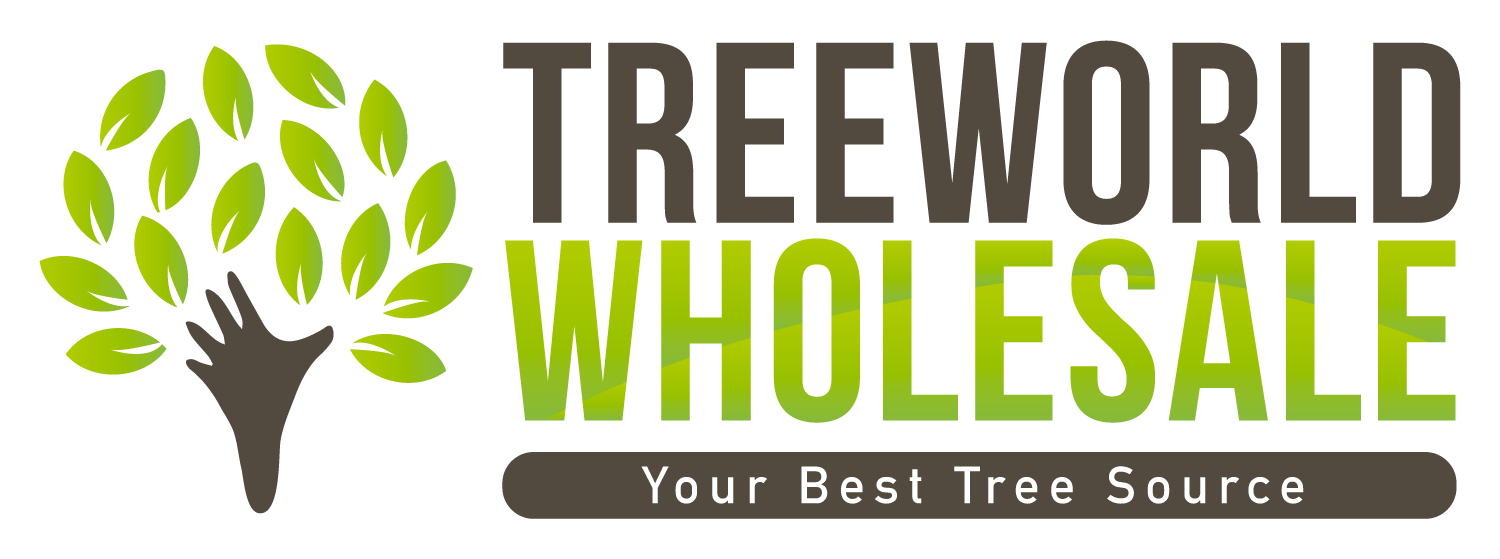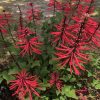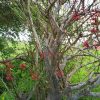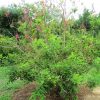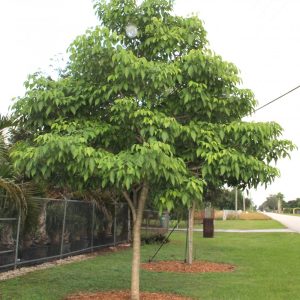Description
Characteristics and Growth of Erythrina Herbacea
Erythrina herbacea (Herbacea) is a small tree or low shrub. As a tree, it may reach 16 feet in height, but typically is much shorter. Erythrina herbacea has smooth light gray bark and often produces herbaceous stems from a woody base. Additionally, If temperatures drop below freezing, stems are killed back but resprout. The stems are covered in curved spines. Also, the leaves are yellowish-green in color, 6 to 8 by 2.5 inches, and composed of 3 arrow-head shaped leaflets, each 1 to 3 inches long.
Flowers, Fruits and Uses of Herbacea
Furthermore, the flowers are a vivid scarlet color, borne on tubes about 2 inches long. The flowers are arranged in clusters and each bloom is 1.5 to 2.5 inches long. The Flowering season extends over about 3 months in the Spring to Summer. Moreover, hummingbirds and butterflies are attracted to the flowers. Finally, the fruits are woody pods that measure 2 to 4 inches long. The fruits have short beaks that contain bright red seeds with a black spot. The seeds split open when they mature.
Importantly, all parts of the plant are poisonous, containing toxic alkaloids! The seeds are used for propagation and as rat poison; tip cuttings can be used for propagation. Extracts of roots, leaves, and seeds are used in traditional medicine. Erythrina herbacea (Herbacea) in cultivation is a hardy plant, needing adequate moisture but well-drained soils. As a tree or shrub it requires pruning, avoiding direct contact with the milky sap. In landscaping, herbacea is low maintenance, in tree or shrub form it is a good source of spring color from the vibrant blooms, in a garden, park, or patio.
Read our artile to learn more about Pruning practices for trees and shrubs.
